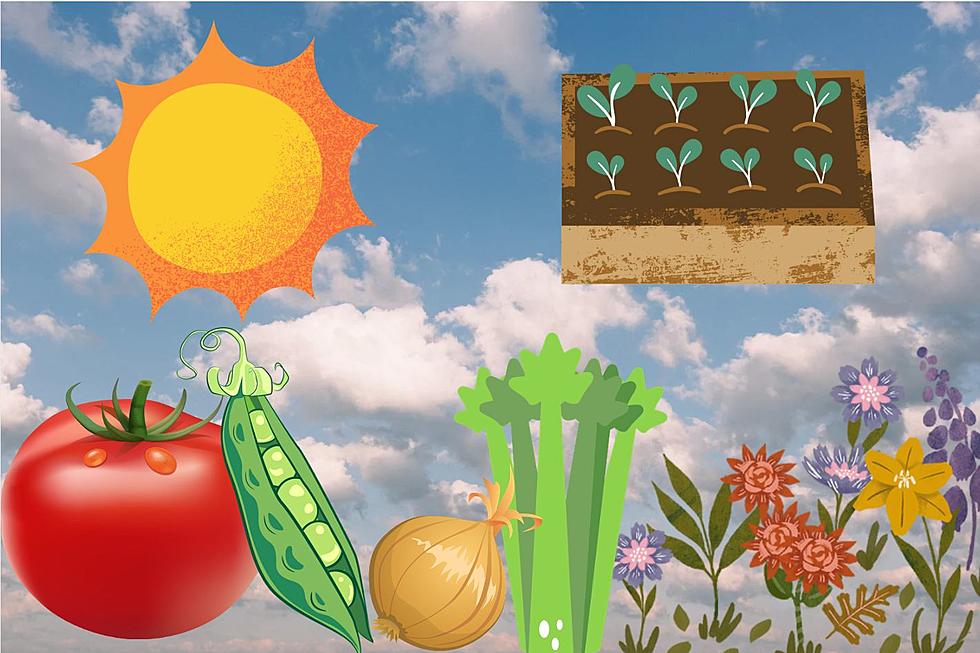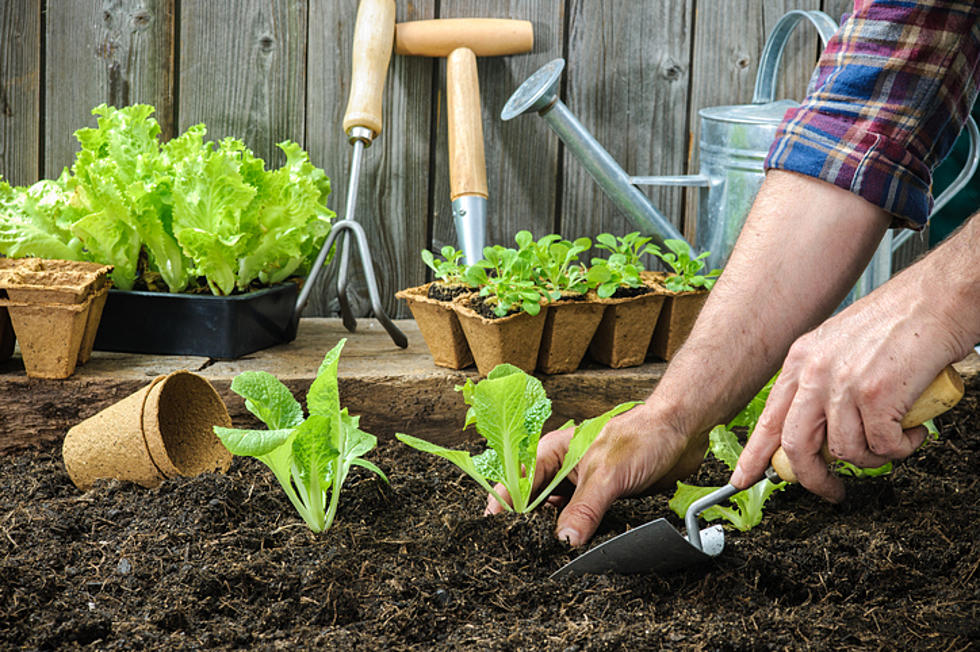
Garden Tips for the Great Garden State — The Grass is Always Greener
It's that time of year again. Time to make those resolutions about your lawn... Time to show your neighbor, who scowls in your direction as you mow your acre of weeds, that this year is different. This year you will succeed in getting that perfectly green lawn.
The truth is that this time of year is one of the most important times of the year regarding lawn treatments. The first stage of fertilizer can and should be applied right now. In fact, spring came so early this year that the window for getting the first lawn treatment down is closing fast. The cue in NJ for when to put down your spring fertilizer is when the yellow Forsythia's flowers start to fall off.
I am talking about putting down a Pre-Emergent Fertilizer. This would be the first step in those 4 step programs which are very popular. However there are some additional options and some other considerations as well for spring lawn care.
The Pre-Emergent Fertilizer is designed to do a few things. First it feeds your lawn with the three macro nutrients (Nitrogen, Potassium, and Phosphorus). Think of this as giving your lawn a big steak dinner with a baked potato. It's all there, Carbs, Protein, and Fat. Your grass will use these nutrients to help it grow bigger and faster.
The second part of the mix is the "pre-emergent" chemical. This will create a barrier in your entire lawn until the fall. This chemical will prevent germination of any seeds that fell last fall or blow in during the summer. They wont be able to grow roots in your lawn, and this means that next year you wont have any NEW weeds. This chemical will also kill crabgrass in it's first leaf stage and some other weeds that start coming up in the spring. Crabgrass is very easy to kill when it's new and young, but very hard to get rid of when it is established.
These chemical fertilizers work well and are cost effective (especially if you seek out the no-name brands from smaller garden centers.) However, I don't use them. I treat my lawn organically for several reasons. One main reason is I like to be out in the lawn barefoot. My girlfriend and I have a dog and chickens (maybe a future post topic here) that run around in the back yard eating stuff. Hey if it wasn't for the animals back there doing their business, I would eat stuff from the lawn too. (Dandelions that come up are tasty salad additions and not just gardening work.)
So here is another option for spring lawn care, and the option that I usually go with. You can spread Corn Gluten Meal - a cornstarch byproduct - in your lawn which gently feeds your lawn and also creates that important soil barrier. This will most likely cost more money and you'll need to find CGM that is made for lawns; it has to be a certain protein concentration or else it will not be effective in stopping new weeds from calling your lawn home.
Here are some other tips to keep in mind this time of year:
If you plan to plant grass seed -- DON'T. Put that bag in the garage until late August-September. If you put down a pre-emergent fertilizer, it will kill your young grass or will just prevent it from being able to germinate. (This applies to any seed really so watch were you're spreading if you plan on planting something there later in the season) Either way, if you plant grass in the spring here in NJ, it will not have enough time to become established before the heat of the summer kicks in. I would only recommend seeding if an area is really bare and you want to prevent erosion or muddy dogs. Just keep in mind that you will want to redo that same spot in the fall.
Here's probably the most simple, yet overlooked lawn tip which few follow:
Cut your lawn higher!
Get a mulching mower and cut your grass no lower then 3 inches. (Seriously, get a ruler out and check it) The mowers that are dedicated mulching mowers take your grass, pulverize it, and return it to the soil which, in turn feeds your lawn. Every time you mow you will return some nitrogen (really the most important nutrient for grass) back into the soil. Also, keeping the grass at 3 inches or more will allow the plant to make enough energy from the sun to support itself. It will grow nice, plentiful roots. Overtime, those weeds wont be able to live in your lawn because the grass will be so thick and lush that it will over take them or prevent existing weeds from thriving and spreading. A little help from some weed killer, or good old fashioned hand pulling will accelerate this process and before you know it, you'll be weed free and your neighbor will be asking you for advice!
So there you have it -- Some great tips for your spring lawn in the Great Garden State -- You can leave your own tips, tricks, or ask questions in the comment section below. Now get out there and have some fun!
More From New Jersey 101.5 FM









